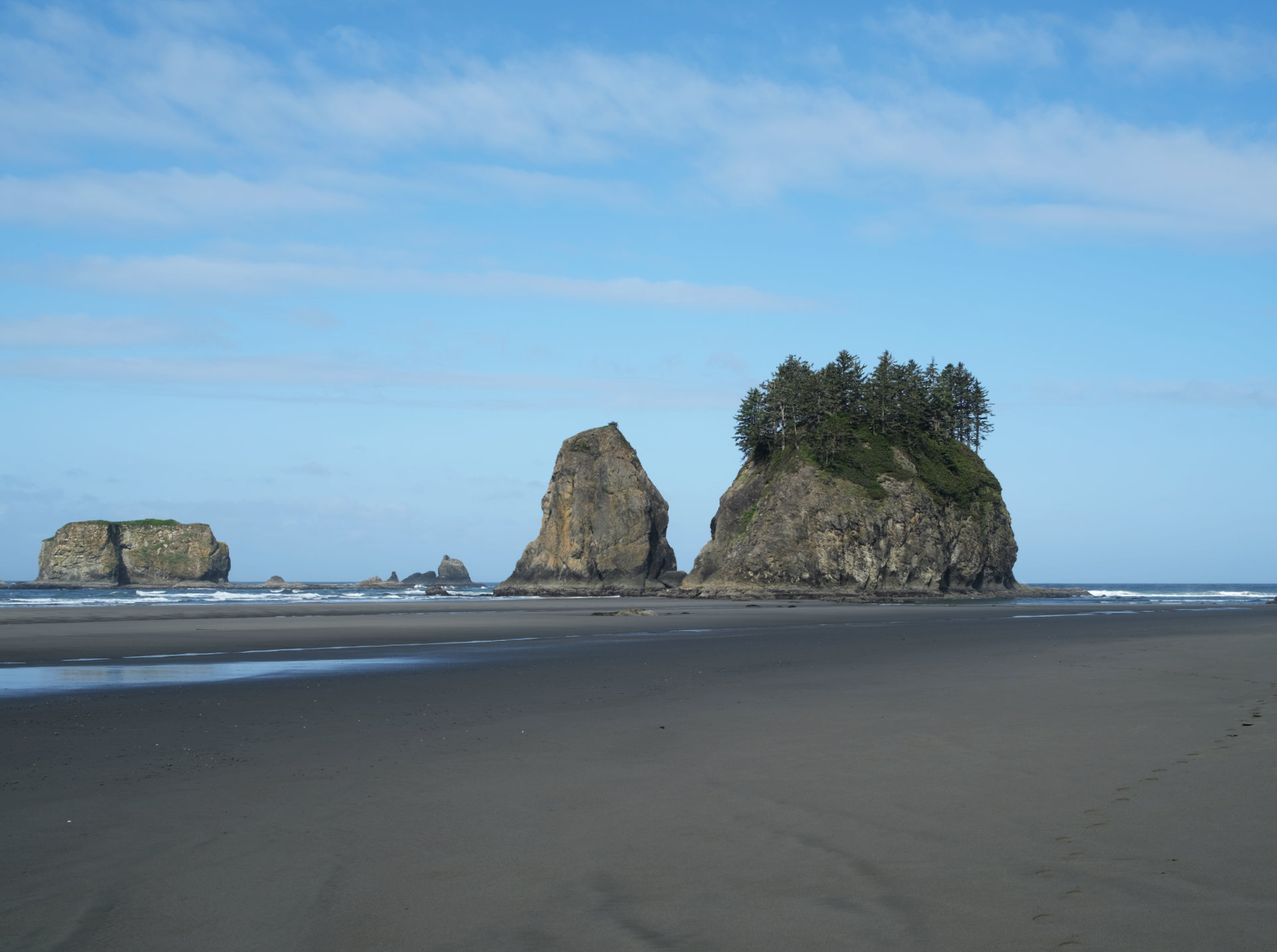Olympic Peninsula
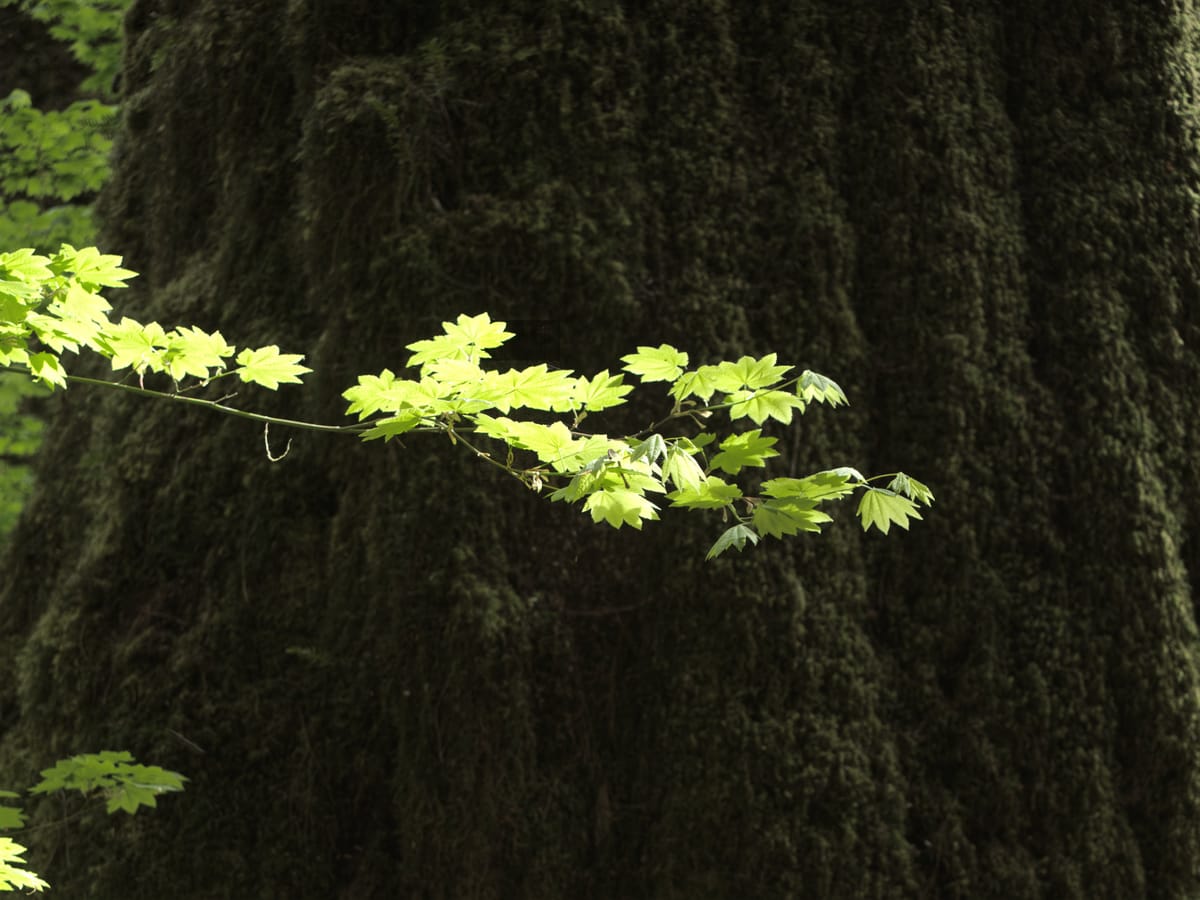
I have been traveling a little lately and visiting with old friends. It is really nice catching up with people. I haven’t had much chance over the last year as I have been busy with other priorities or as in the case with Covid it has been busy with me.
Part of my travels took me to the Olympic Peninsula in Washington State where the Olympic National Park is. This is really my first visit to the park though I have been in the area many years ago. The bulk of the park is is situated over the Olympic Mountains which took its name from an early English explorer. Prior to that however they were named by the Spanish as Sierra Nevada de Santa Rosalia. The English name stuck due to the rivalry of different colonial empires and the Anglo-American dominance. (The area is bordered to the north by the Strait of San Juan de Fuca so some of the earliest Spanish appellations have been retained in some places.
The rest of the park occupies parts of the Pacific coast that were not claimed by Indian treaty rights. Both areas are spectacular and represent temperate rainforest typical on the Pacific coast of Northern North America from roughly Oregon to Alaska.
The area surrounding the park is national forest and private land and Indian reservations. Most of this is regularly harvested for timber with big roadside signs proclaiming when sections were cut and due to be cut again. Some areas are into their 4th growth. This area is very productive due to the temperate climate and high levels of rainfall.
I stayed my first night in a National Forest campground just south of Crescent lake. The campground was practically empty but for one couple. It is situated on a bend in the river which sweeps the outside of the camp about 270 degrees. The campground is densely populated with huge Hemlock and Sitka Spruce typical of the area. Though gigantic at 100+ feet tall and immense girth they are at best second growth.
When looking at these forests I am always attuned to trying to guess the age of the forest. My first clue is of course the presence of stumps. And here there are some enormous ones; some with diameters I would guess to be twice as big as the current living occupants. These stumps represent the old-growth here that was cut its seems about 90 years ago. From living in Oregon I learned to judge 80 year old trees from their girth, knowing trees of that age/ size were ripe for the next harvest. Here trees of about that same age were significantly thicker such is the richness of this climate.
This was the setting of the peaceful overnight stay. Towering giants stood all around with the sound of the river nearby. On the forest floor were fallen logs, ferns and vine maple. Now vine maple is a favorite tree of mine. There are basically three hardwoods in most of the Pacific Northwest forests. Red Alders, Big Leaf Maple, and Vine Maples.
The Vine Maple is adapted to exist in and occupy the margins of the forest. Whereas the Red Alder waits for an opening in the canopy by the felling of some large tree and then crowds into the space with rapid growth. It then falls back as the conifers take over, the vine maple exists in the cracks and leftovers of the forest.

Here in these dense tall forests light is the most valuable thing. The tall trees let little light reach the floor of the forest. Here the contest can be seen. Some plants deploy large leaves hoping to capture some transient rays of light the giants have missed. The vine maple, however, has relatively small delicate leaves that are projected out on slender branches often far from the main trunk. They inevitably are splayed out all on the same level like the open palm of a hand waiting for something to be placed on it (received).
This creates the effect of tiers of small leafy shelves all presenting an upturned palm ready for the diurnal passage of the some shafts of light. I find the structure contains a simple beauty and delicacy. In many cases a single tree will present multiple levels of outturned leaves. From the side virtually no leaf is seen, yet from above a great area is covered.
The bonus of the vine maple occurs in the fall where it exhibits the rare nod to red fall colors one can find in the Pacific Northwest forests. Whereas on the East coast of the US maples and other trees are generous in their outrageous display of Autum color the deciduous trees of the Pacific Northwest tend to shades of yellow except for the vine maple.
It is still spring time here so the vine maples still have that translucent bright green color that has not hardened to the darker version that will be present through the rest of summer.
The next day I traveled out to the coast near La Pusch and took the short hike out to imaginatively named Beach 2. I brought the camera along even though it was late morning and not great conditions for photography . You hike through coastal conifer rainforest until you reach the edge of the beach lined with driftwood.
I was greeted by a broad flat beach at low tide and the water was dotted by differing seastacks; great rocky remnants of the old coast often topped with small forests or copses.
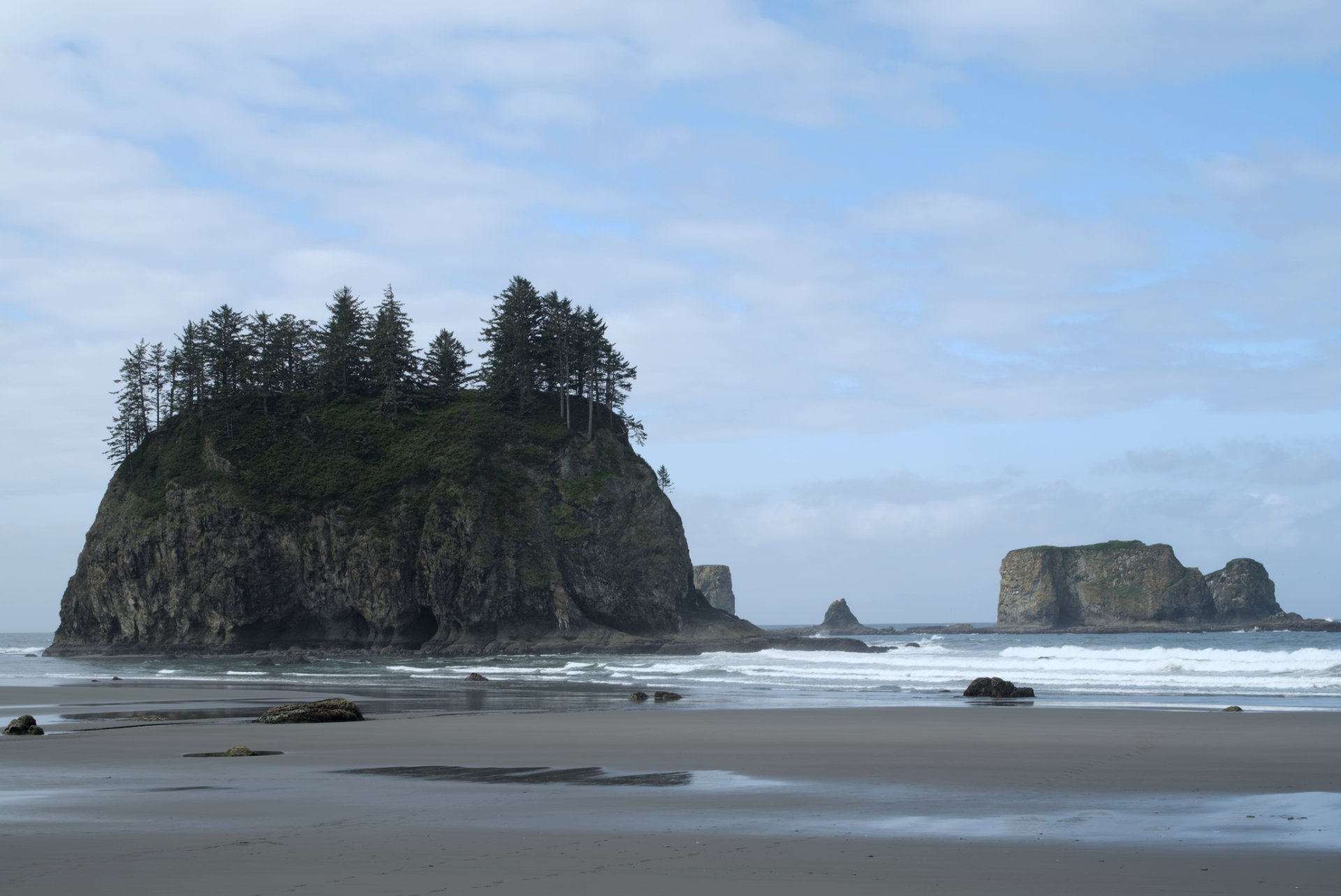
The driftwood on this coast is thick and enormous owing of course to the prolific number of larger trees all along the coast. Several groups of people pitched tents amongst the piles of driftwood and most were packing up their camps having spent the night on the beach.

I ended up walking to the end of the beach until the rocks and cliffs crowded out the sand and prevented further progress.
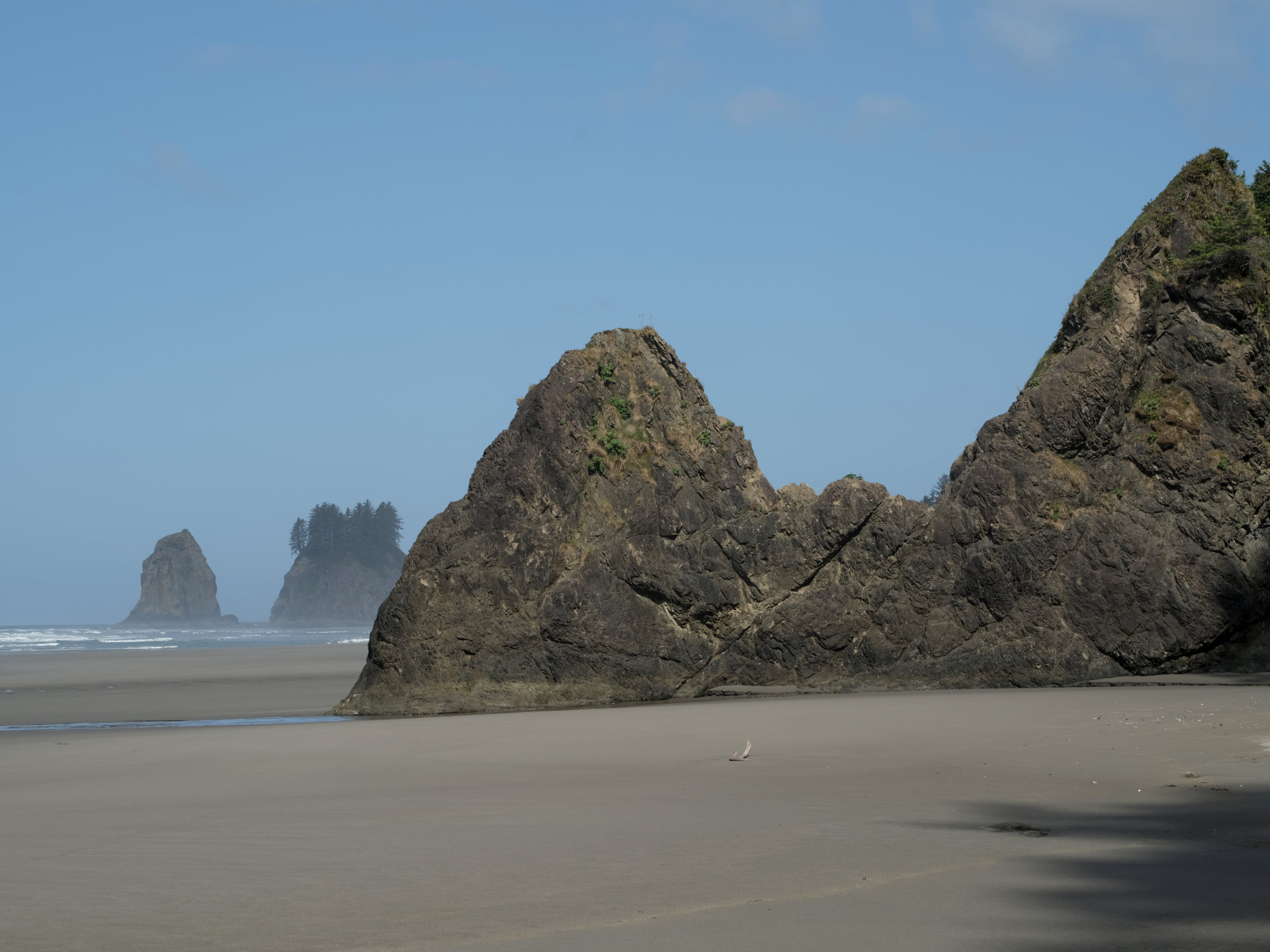

Here the cold cliffs met the moist air off the waves and left a little mist in the air.

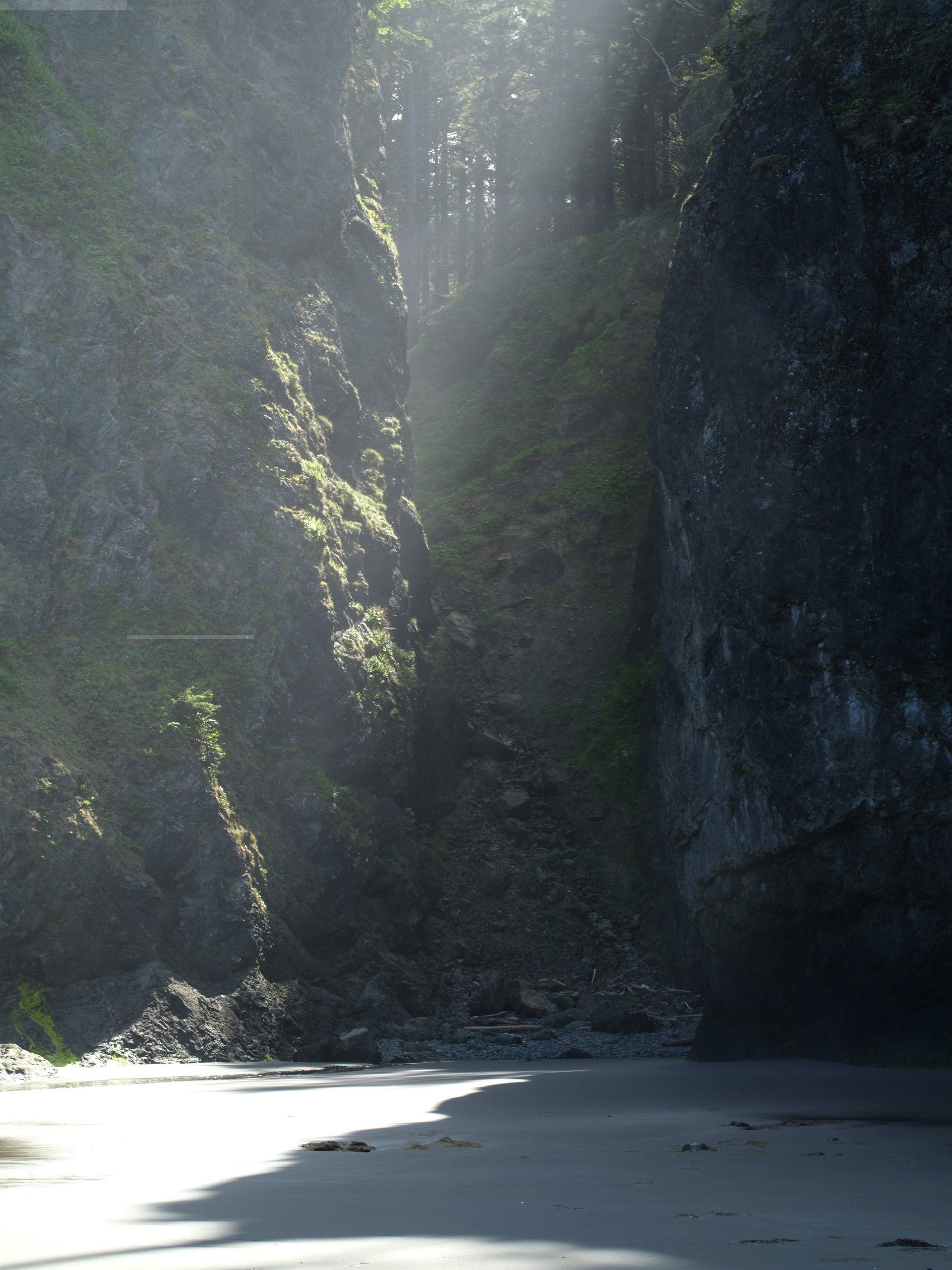
I walked back down the beach to return to the truck.
